Builders prepare for the worst as a third La Nina is declared
A chilling warning has been issued that heavy downpours and widespread flooding this summer will result in “tragedy” and cost millions for an area already in crisis.
Australian builders are facing a “nightmare” scenario which could see more companies collapse, houses stalled and costs blowout after a third La Nina summer was declared with another dire rain season predicted ahead.
The construction industry has already been hit by an ongoing crisis, with a string of company’s collapsing this year, thanks to a perfect storm of supply chain disruptions, skilled labour shortages, skyrocketing costs of materials and logistics, and extreme weather events.
But there are warnings that La Nina could be the final “nail in the coffin” for builders who are struggling to survive, with potentially millions lost a month if the country is pummelled by rain.
‘Decimated’
Craig Delaney, the CEO of Melbourne-based construction firm Long Island Homes, said builders everywhere had seen their profits “decimated” in the last year, including industry giants such as Simmons which reported a loss of almost $10 million.
His firm built up to 450 homes a year but recently have scaled back to around 200 annually.
“The industry has had the proverbial kicked out of us for the last few years and La Nina is like the icing on the cake,” he told news.com.au.
“A lot of guys are going to be worried sick about La Nina, particularly those that don’t have the business skills or business acumen, apart from ripping more money out of their mortgages until the good times come back. A lot of guys are shaking their head and wondering why they are putting themselves through this.
“It’s been a nightmare for the industry the past three years and … La Nina is going to be another nail in the coffin for businesses trying to recover and get on top of things.”
Stream more business news live & on demand with Flash. 25+ news channels in 1 place. New to Flash? Try 1 month free. Offer ends 31 October, 2022 >
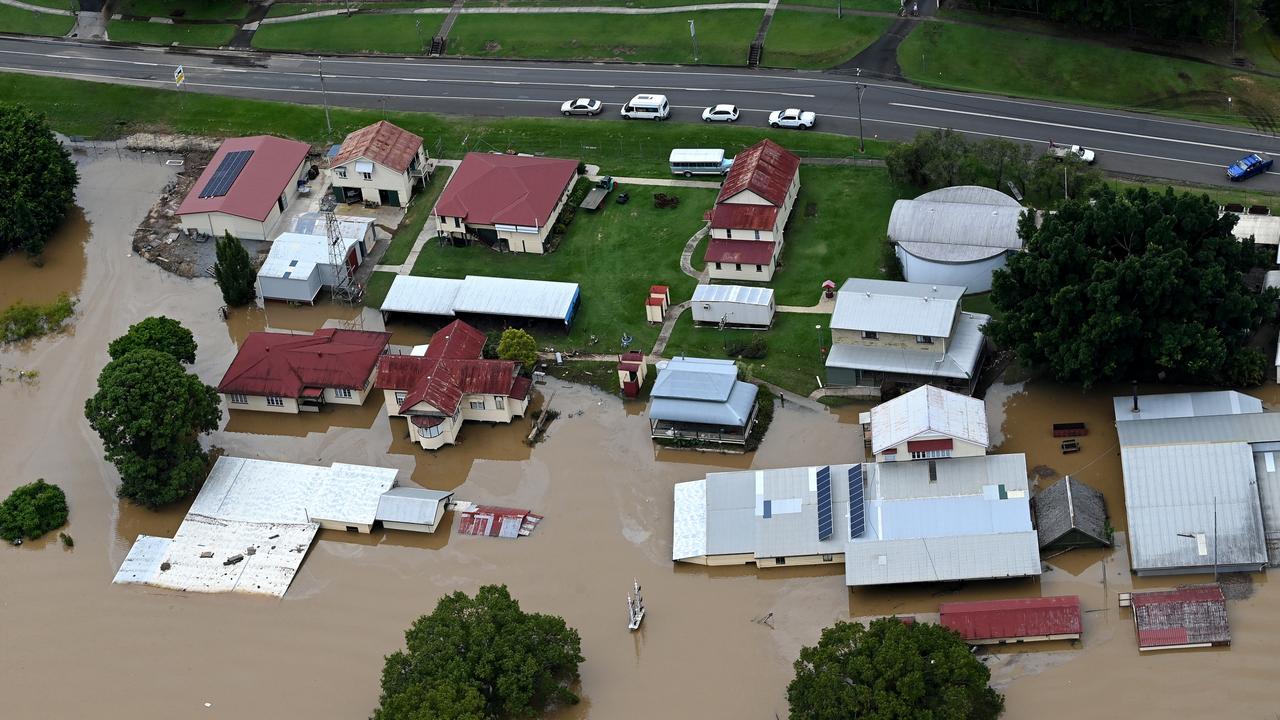
However, builders could be waiting a long time for the “good times” to return with a chilling prediction that home building will crash over the next 24 months.
The building of houses and apartments is forecast to plunge below the annual figure of 200,000, with forward sales hampered by rising interest rates, inflation, supply chain pressures and labour shortages.
Dwelling starts in 2024 will plummet to 174,930 – down from a whopping 229,790 last year – and are not expected to rise to 210,850 until 2026, according to five-year projections released by Master Builders Australia.
Have a story? Continue the conversation | sarah.sharples@news.com.au
Builder’s will go bust
Another building expert has warned of the catastrophic impact that La Nina could bring on the already beleaguered industry.
Louis Hanna has been in the construction industry for over a decade, previously running his own building business, and has described the upcoming La Nina season as “a major problem”.
“This is what truly sends builders bust as it has a huge effect on cash flow,” he warned.
Currently, the head of procurement, marketing and innovation at Beechwood Homes, which builds around 500 homes a year in NSW, Mr Hanna explained the majority of major builders rely on monthly income from completing job milestones for client progress payments.
“For example, a major builder might budget on $10 million to come in to the business each month based on milestone payments. A month of rain, which we’ve experienced three times in (NSW in) 2022 could easily result in only $2 million to $3 million coming into cash flow,” he said.
“Then builders can’t pay trades and suppliers, it then disrupts the supply chain, jobs are put on hold resulting in further cash flow issues. It’s a terrible cycle.”
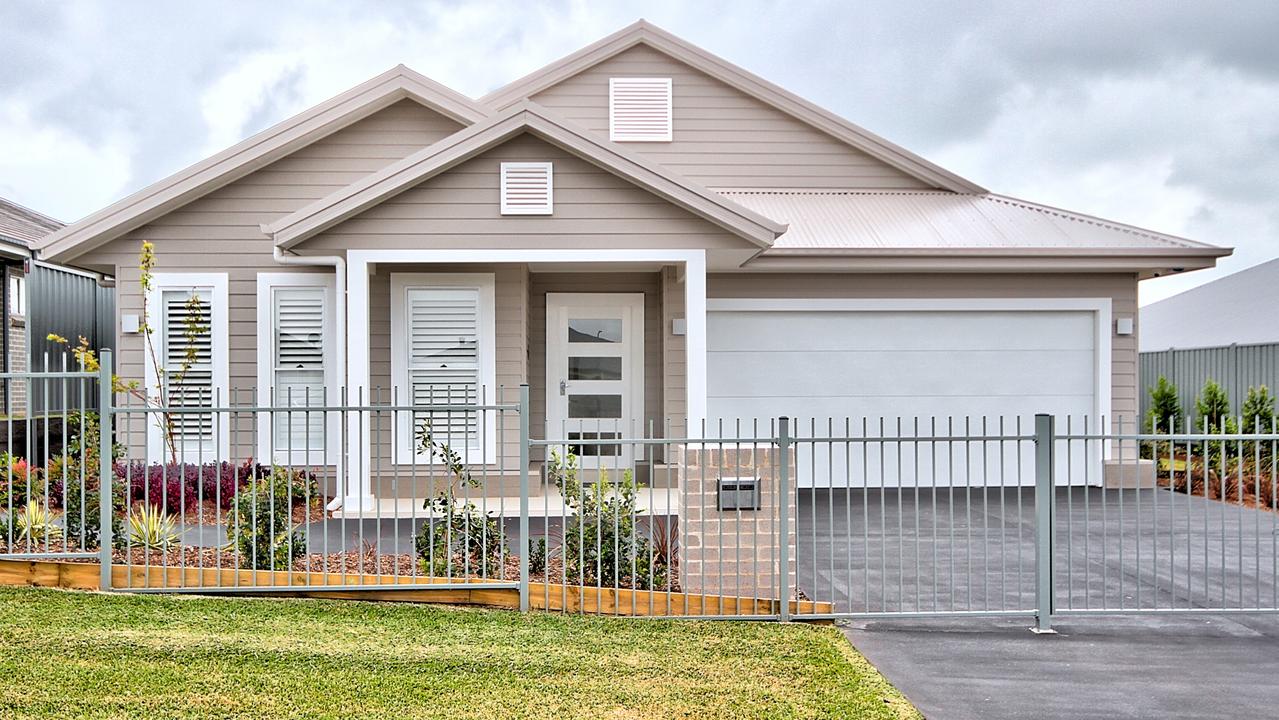
Mr Hanna added that there used to be flexibility from suppliers regarding payment terms.
“But now due to all the so called risk out there around builders, suppliers are getting tighter and more strict on credit limits and payments terms,” he said.
“I’m actually seeing for the first time ever, suppliers and trades even walking away from work if strict payment terms aren’t met.”
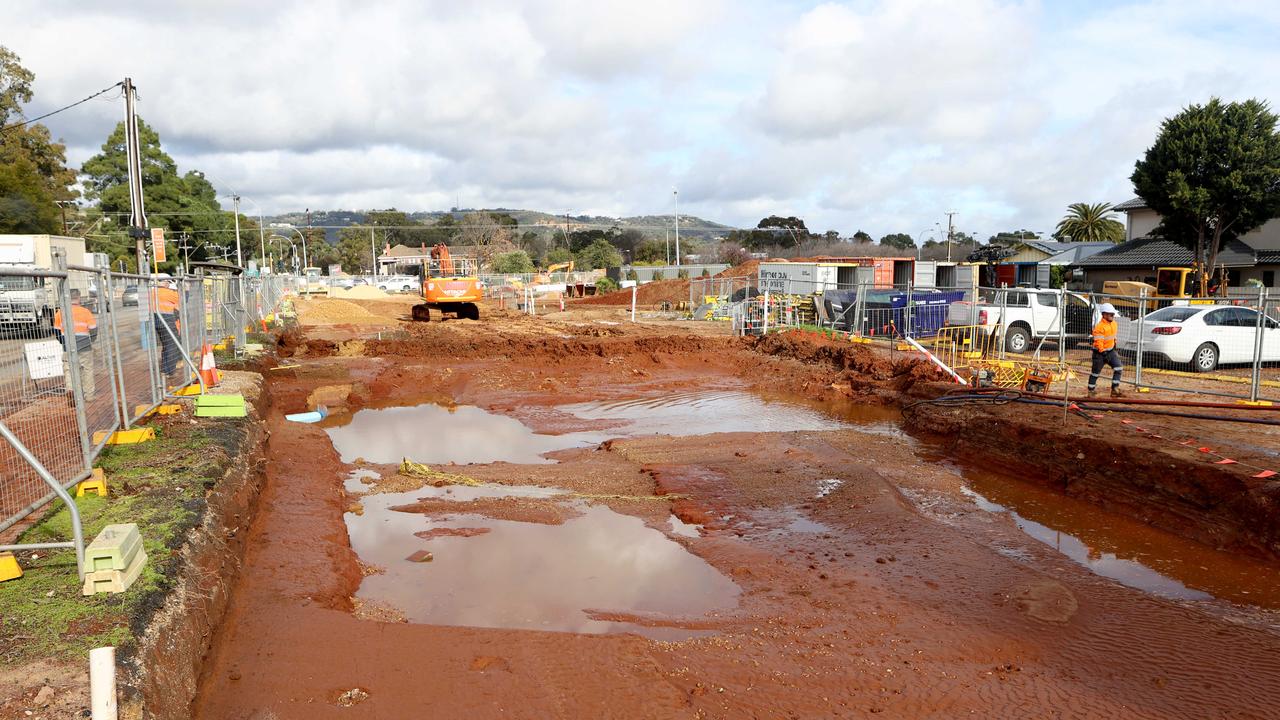
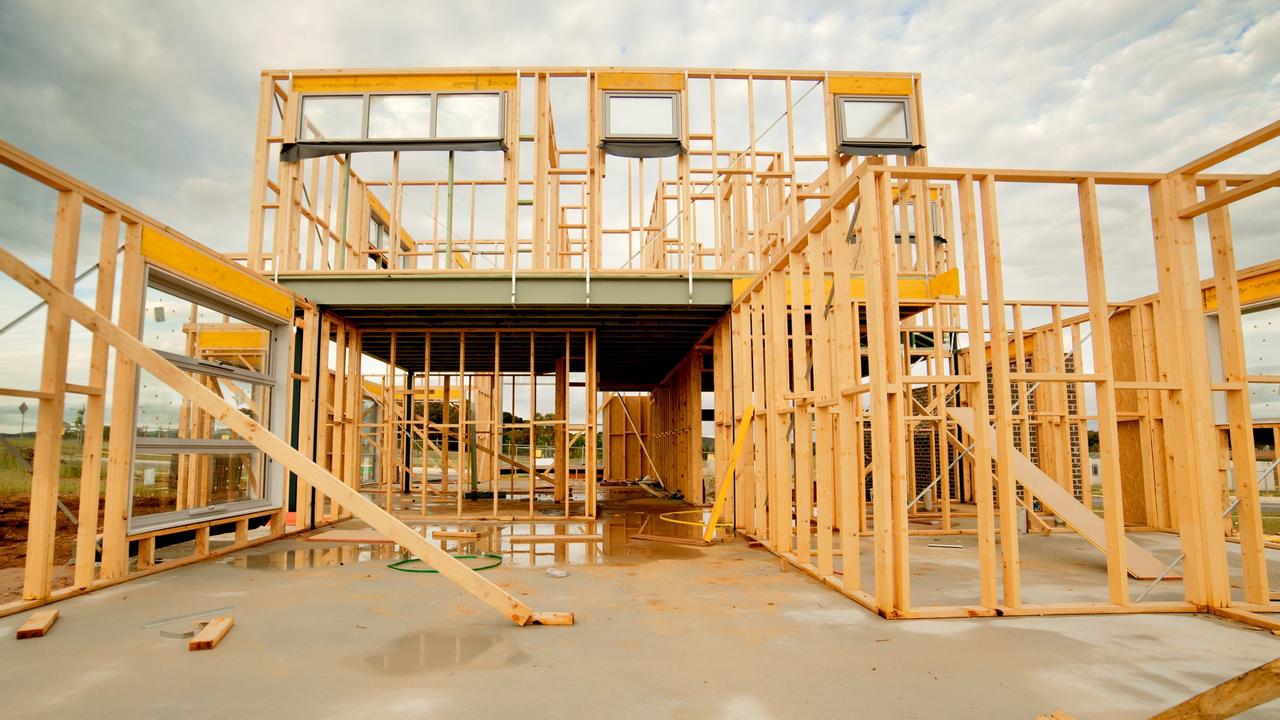
‘Impossible to build’
La Nina weather events are associated with heavy downpours and widespread flooding and drove the torrid conditions experienced in the 2020-2021 and 2021-2022 summers.
Mr Delaney, who is a former Brisbane resident, said Queensland is expected to be most badly impacted by La Nina.
“It will be impossible to build houses in northern Queensland and even in Brisbane metropolitan areas if it’s as bad as predicted,” he said.
“Builders will be bracing themselves for flood areas and no one wants to see a reoccurance of what we have seen in recent years.
“It’s very difficult up north. For a large multi dwelling complex … at the early stages that could add a few months to the project.’
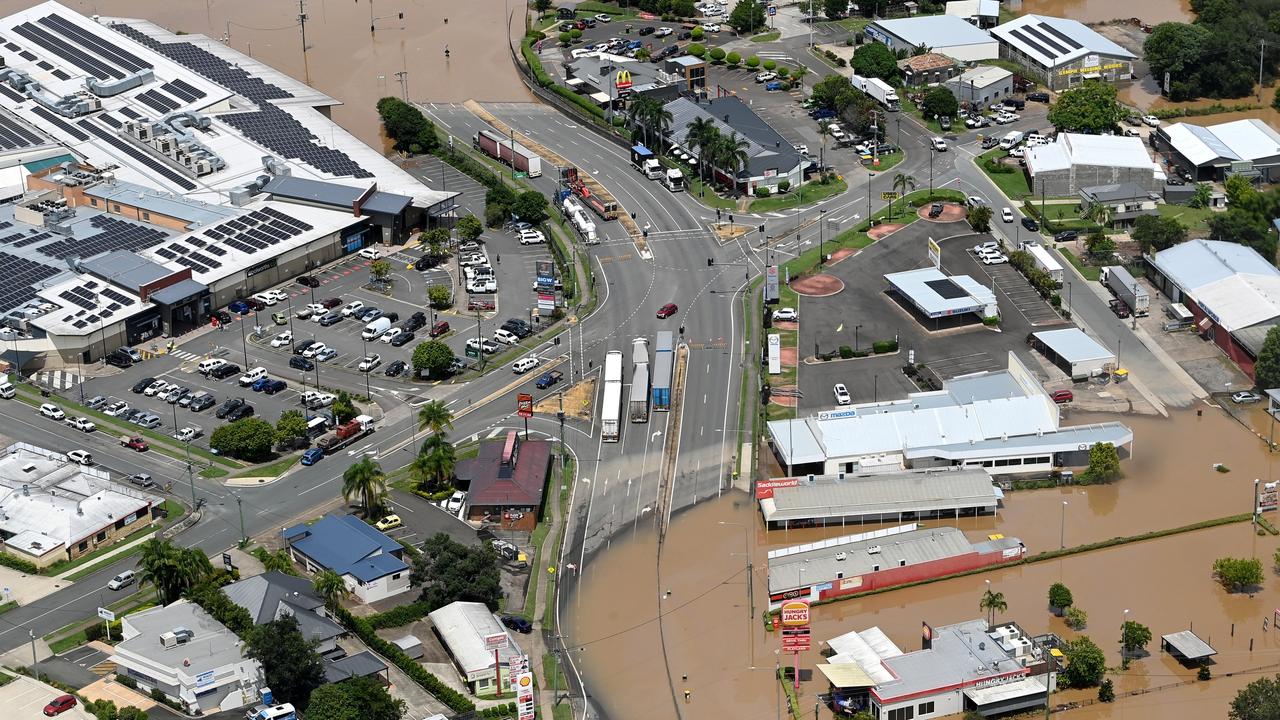
It could also mean as much as $15,000 is added to the price of a residential build, according to Mr Delaney who has been running his business for 17 years.
“It means cancelled work, it’s trades that could be carpenters or bricklayers not working or slabs not being laid or roofs not being done,” he said.
“It’s going on from an occupational health and safety point of view that it’s incredibly dangerous to work in wet weather and you can’t put people in high risk work and subcontractors naturally won’t turn up, so there is stoppages.
“We lose momentum and companies lose cashflow and clients have to wait longer for their house and in meantime prices go up.
“You can lose two to three or four weeks if you have a bad summer and a month out of construction means pushing back houses in front and delaying houses behind and it’s another terrible obstacle that construction has to deal with.”

$300 to $500 a day lost
Russ Stephens, co-founder of the Association of Professional Builders (APB), said projects that aren’t at roofing stage would be hardest hit by La Nina and revealed it could have a eye-watering impact on the construction industry.
“In terms of the timeline, typically for a builder it might cost anything between $300 and $500 per day for every delay. If we talk about a one month delay, which I think is probably quite realistic given the forecasts, that’s 20 odd working days so then it’s into the tens of thousands in terms of losses,” he said.
“It’s significant but probably more significant is that is money off the bottom line. It’s not lost revenue, it’s coming straight out of net profit and builders are already working on such tiny profit margins.
“That’s why its so important to build in these potential delays into the pricing otherwise builders will find themselves exposed yet again.”
He recommended builders review their insurance, consider inserting more payment progress stages into contracts and resist the temptation to pull money out of their cash reserves.

Drain of talent
Victorian’s construction companies have also been hit by circumstances such as the Labour government’s stoppage of construction in September last year, which Mr Delaney said had a flow on effect to residential builders.
La Nina’s terrible impacts have also hit the state’s labour availability too, he said.
“We have already seen a lot of trades migrating up to Queensland to do insurance work as it’s more profitable and leakage into the NSW Northern Rivers area as well,” he said.
“This puts more demand and stress on a system that doesn’t have any aces up their sleeve to deliver talented and excellently equipped people to do the work, so something has to break.”
He added that migration desperately needs to pick up to deliver skilled tradespeople.
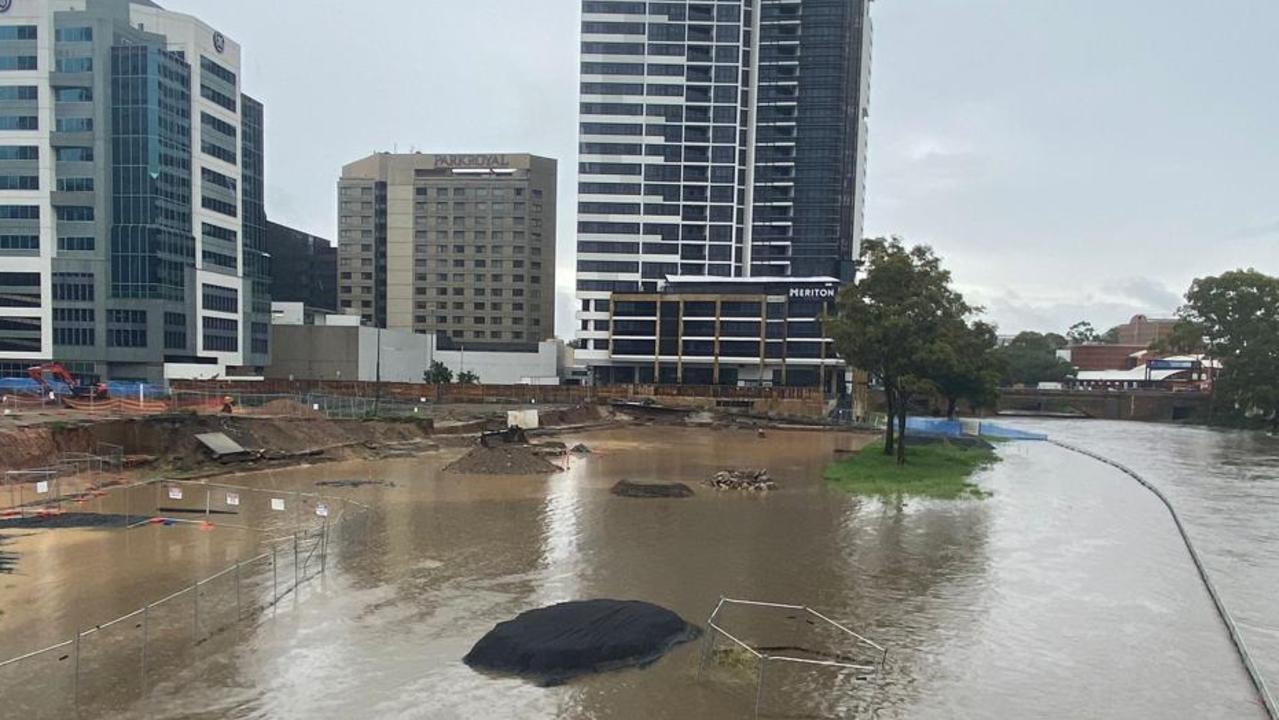
New ‘tragedy’ looming
But there is also another “tragedy” looming, according to Mr Delaney, who understands hundreds of building licences has been handed back by young builders who “could not cope” which is resulting in the industry being “torn apart”.
He said this will have a knock on impact on housing affordability with less competition in the industry driving up the price of new builds alongside established dwellings, as demand for houses far outstrips supply.
“We have seen so many businesses in receivership and no one wants to see anymore and we have seen families go through heartache,” he added.
“The industry is often maligned that they don’t care about their clients but I see too many builders at Master Builder Association events that are concerned and they are struggling and want to do the right thing.”
Mr Delaney added its “very sad” there has been “almost silence’ from both the federal and Victorian governments about the “tough” situation the industry is facing, adding that the construction industry’s contribution to the economy seems to be ignored.
The sector accounts for the employment of almost 9 per cent of Australian workers and 7.5 per cent of Australia’s GDP, according to reporting bureau CreditorWatch.






